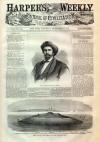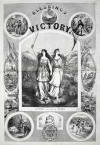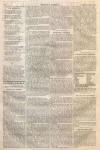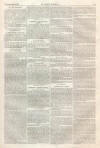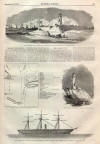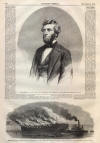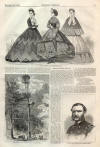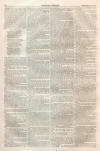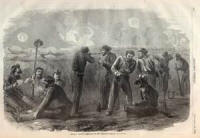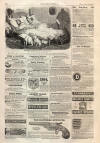Reuben Fenton
|
|
This Site:
|
620 HARPER'S WEEKLY. [SEPTEMBER 24, 1864. HON. REUBEN E. FENTON, THE UNION CANDIDATE FOR GOVERNOR OF NEW YORK.—[PHOTOGRAPHED BY BRADY.]care and interests of the New York soldiers than Mr. FENTON. His time, his pen, his personal influence, and his liberal purse have been generously bestowed to alleviate, protect, and promote New York soldiers. He has been for a considerable time the President of the New York Soldiers' Relief Association. Mr. FENTON is in the prime of life ; he has a commanding appearance. As a public speaker he is fluent, effective, and eloquent. But his success REUBEN E. FENTON.HON. REUBEN E. FENTON, the Union candidate for Governor of New York, was born in Carroll, Chautauqua County, New York, July 4, 1819. His father was one of the pioneers of Western New York, and one of the most enterprising of those who changed the wilds of the " Holland Purchase" into that beautiful and rich agricultural district west of the Genesee River: He worked upon his father's farm until fifteen years of age, attending school during the winter months in the log school house. He attended the College Hill Academy, near Cincinnati, Ohio, and the Fredonia Academy, New York ; and subsequently read law to qualify himself for business. Before reaching his majority he engaged in mercantile pursuits ; and in 1840 he began, in a small way, on the head waters of the Alleghany, the manufacture and transportation of lumber down that and the Ohio rivers. He was entirely successful, and amassed a fortune at thirty years of age. After holding several town and county offices, in 1852, although a Democrat, such was his popularity that he defeated the Whig candidate for Congress in the then 33d District (which was Whig usually by 3000 majority) by 56 majority, and was a member of the Committee on Commerce. In 1854 he was defeated in the " K. N." tornado. In 1856 he was unanimously nominated as the Republican candidate, and elected to Congress by 5000 majority. In 1858, 1860, and in 1862 he was re-elected to Congress by average majorities of over 7000 votes. In the Thirty - seventh Congress he was Chairman of the Committee on Claims, one of great labor, and requiring vigilance, discretion, and honesty. In the present Congress he is a member of the Committee of Ways and Means. In his private as well as public life he has been uniformly successful. Kind and encouraging in manner and action, many young men owe prosperous positions to his unselfish aid. No man in Congress has been more uniformly devoted to the PARIS FASHIONS FOR SEPTEMBER.FOR some years past —and the present season has not differed in this respect from its modern predecessors—the edicts of the Mode have been issued during the summer excursion period. This is easily explained, from the circumstance that it has now become the general fashion to pass the hot months at the sea side or at watering places, where ladies are under very slight restraint as to the style of their costume, and can, without being subject to disagreeable remark, temporarily adopt any innovation, not to say eccentricity, which the taste of their modistes may suggest. Of all these bold innovations a few sometimes remain, and, once approved, become the mode for a certain time. Thus it was at the watering places during the present season that the high bonnets recently worn received their coup de ciseaux ; and the smallest of small bonnets, having obtained the official approbation of competent judges at Vichy, at Trouville, at Honfleur, and other fashionable resorts, will in all probability reign triumphant for some time to come. We have even seen some that scarcely cover the occiput, merely ornamented in front and on the scarcely perceptible back edge with drooping flowers, instead of the tour-de-fete and bavolet, which are now frequently abandoned. But it must be observed that such chapeaux, although met with in the best houses, are not yet general. THE ILLUSTRATIONS. Fig. 1. Walking Dress.--Green silk dress, deeply vandyked, each tooth being ornamented with rich white guipure. The casaque is adjusted to the waist, and is of the same color as the dress and similarly trimmed. White crepe bonnet, small in size, and provided simply with a bouillonne of tulle in the place of the bavolet. Fig. 2. Sea-side Dress for a Young Lady.—Light gray poplin robe and pardessus, all the ornaments being in black silk with long fringe. The chapeau is the chapeau Windsor, and is almost concealed by an aigrette and a large depending feather. The bottines are laced in front; the stockings are of the same color as the dress. Fig. 3. Carriage Dress.—White muslin robe over sea-green silk slip. Rich lace flounce, surmounted by a is attributed to untiring vigilance and personal attention to all the details of business, private or public. There are few men possessed of such suavity of manners combined with so great executive talent as Mr. FENTON. ruching of green silk. The camail is of green silk, trimmed with deep lace of like quality with that on the skirt. Bonnet of white tulle, ornamented with grass, and with a rose (sometimes replaced by a butterfly) in the tour-de-tete. A large sea-green bow surmounts the back hair or catogan instead of the usual curtain. BURNING OF THE RECEIVING-SHIP "BRANDYWINE," AS SEEN FROM THE GOSPORT NAVY-YARD, VIRGINIA, SEPTEMBER 3, 1864.—[SKETCHED BY JAMES S. CONANT.] 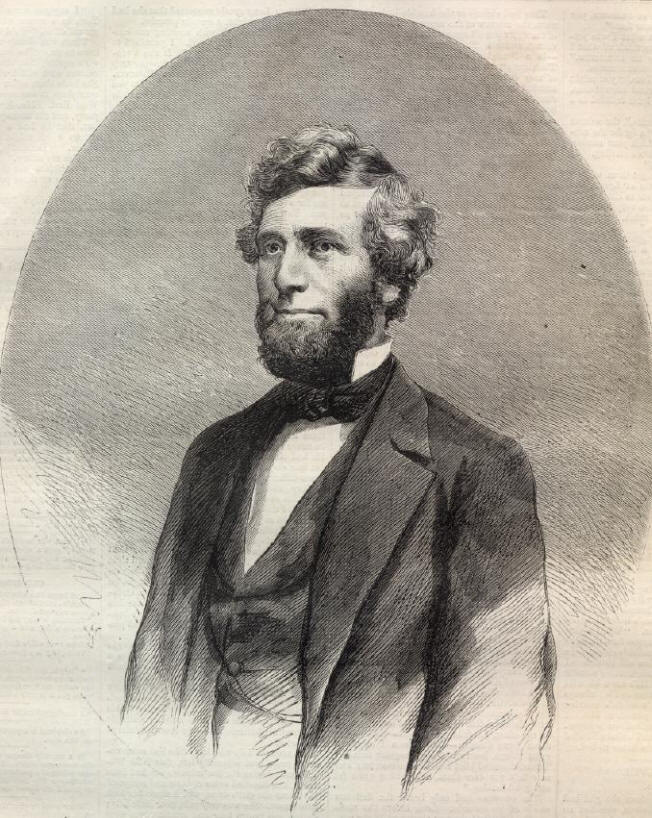 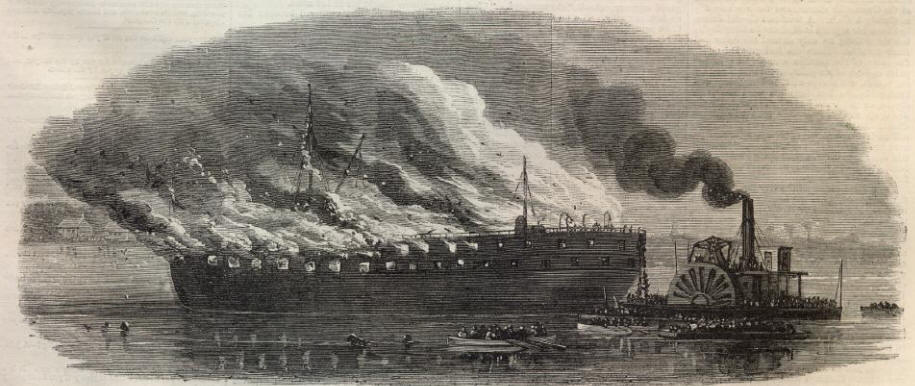 |
||||||||||||||||||||||
|
|
||
|
|
Site Copyright 2003-2018 Son of the South. For Questions or comments about this collection, contact paul@sonofthesouth.net |
|
|
Are you Scared and Confused? Read My Snake Story, a story of hope and encouragement, to help you face your fears. |
||
